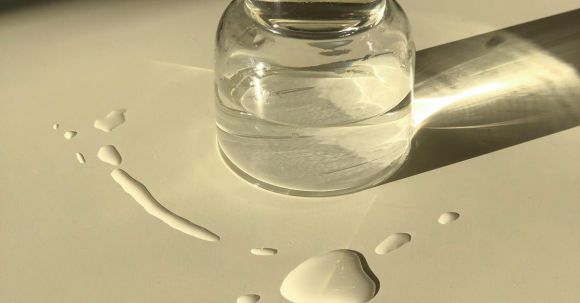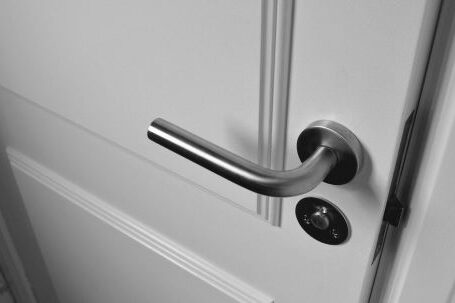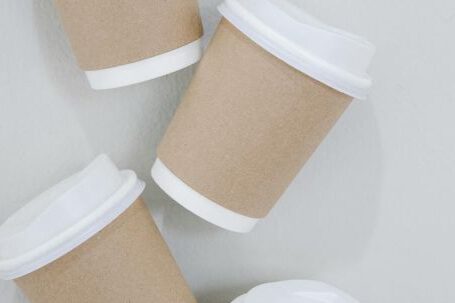Leaky pipes can be a nightmare for homeowners. Not only do they cause water damage, but they also lead to mold growth and expensive repairs. When faced with a leak, many people turn to temporary do-it-yourself (DIY) fixes as a quick solution. But do these temporary solutions actually work? Let’s explore the effectiveness of DIY leak fixes and whether they provide a long-lasting solution.
Understanding the Nature of Leaks
Before diving into the effectiveness of temporary fixes, it’s important to understand the nature of leaks. Leaks can occur due to various reasons, such as corroded pipes, loose fittings, or damaged seals. Depending on the severity of the leak, temporary fixes might be able to provide some relief until a professional plumber can address the underlying issue.
Temporary Fix #1: Tape It Up
One popular temporary fix for leaks is using tape. Whether it’s duct tape, electrical tape, or plumbing tape, the idea is to wrap it tightly around the leaking area to stop or minimize the flow of water. While this may work for small leaks, it’s not a permanent solution. Over time, the tape can degrade, causing the leak to resurface. Additionally, tape may not be effective for larger or more severe leaks.
Temporary Fix #2: Seal It with Epoxy
Epoxy putty is another common DIY fix for leaks. It involves mixing two components to form a putty-like substance that can be applied to the leaking area. Once the epoxy hardens, it creates a seal that prevents further water leakage. This method can be effective for small leaks, but it may not hold up against higher water pressure or larger leaks. It’s crucial to follow the manufacturer’s instructions and use the appropriate epoxy for the specific type of leak.
Temporary Fix #3: Use Pipe Clamps
Pipe clamps are often used as a temporary fix for leaks in pipes or fittings. These clamps are designed to be tightened around the leaking area, creating a temporary seal. While this method can be effective for minor leaks, it’s not a long-term solution. Pipe clamps should only be used as a temporary fix until a professional plumber can assess and repair the underlying issue.
Temporary Fix #4: Apply Leak Sealants
Leak sealants, such as silicone-based products, are commonly used to seal small leaks in plumbing systems. These sealants are typically applied directly to the leaking area and left to dry. While they can provide a temporary solution for minor leaks, they may not be effective for larger or more severe leaks. It’s important to note that leak sealants should not be used as a permanent fix, as they can degrade over time and may not withstand high water pressure.
The Importance of Professional Help
While temporary DIY fixes may provide a quick solution for minor leaks, they are not a substitute for professional help. Leaks can be indicative of underlying plumbing issues that require the expertise of a licensed plumber. It’s crucial to address the root cause of the leak to prevent further damage and ensure a long-lasting solution.
In Conclusion
Temporary DIY fixes can be a helpful short-term solution for minor leaks. However, it’s important to remember that they are not a permanent fix. To ensure a long-lasting solution and prevent further damage, it’s best to seek professional help from a licensed plumber. Don’t let a leak turn into a bigger problem; address it promptly and effectively.



